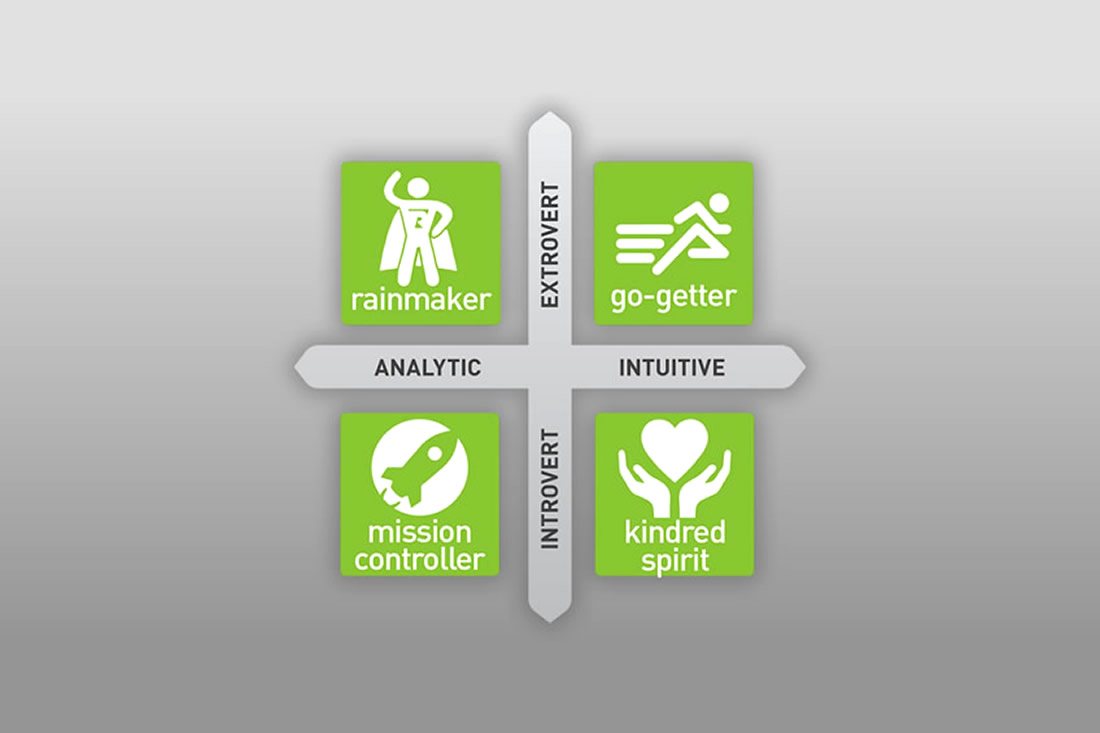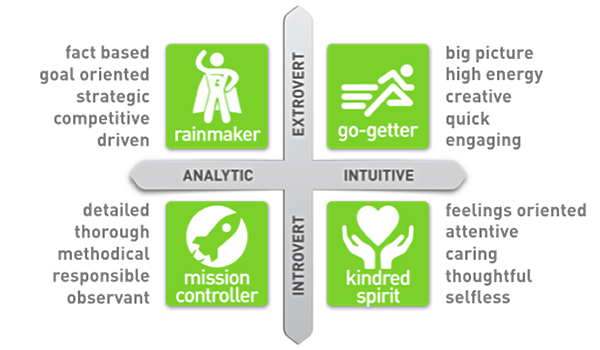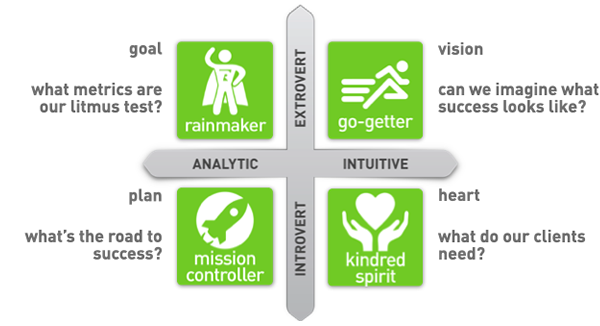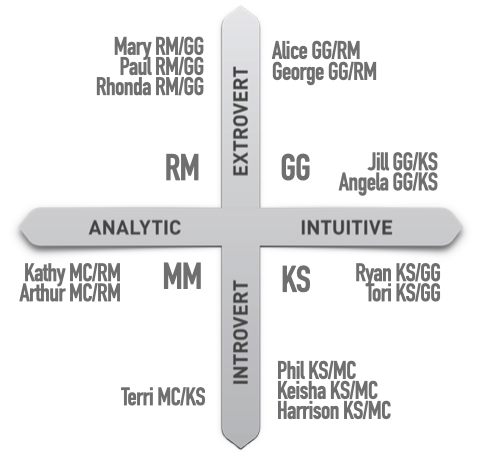Strengthen Campaign Leadership and Planning Through the Asking Styles Lens

This is a guest post written by Brian Saber, author of the recently released book, Boards and Asking Styles: A Roadmap to Success. Learn more about Brian at the end of the post.
Do you love capital campaigns?
Here’s a secret — I do.
Yes, they’re a ton of work. But campaigns help re-center and recommit us to our vision of the world, and that’s especially important during these challenging times.
Use Asking Styles to Build a Great Campaign Team
It’s good practice to ask major donors to lead your campaign efforts, and to ask those with an important perspective, a long history, or a big stake to join the planning committee. While this all makes perfect sense, looking at your campaign through the Asking Styles lens will give you a stronger team with a broader set of strengths to ensure your campaigns success.
Asking Styles were developed to help staff and volunteers feel more comfortable in their fundraising roles by valuing what everyone brings to the table. Over the last ten years, the Asking Styles have evolved into a tool through which to understand training, governance, and leadership, and create a stronger overall team spirit.
The Styles are based on two characteristics – how one interacts and how one thinks. Together they form four Styles:

Pick the Right Campaign Leader
Every leader has strengths and weaknesses. No one has it all. Your campaign chair’s Asking Style will give you a sense of their strengths and challenges.
Think of any current, proposed, or recent campaign chairs at your organization. Can you take a guess as to their Asking Style? If you’re considering campaign chairs, does one or more of these sets of characteristics seem most important for your chairs given your organization’s dynamics, the campaign project, or other determinants?
Review this list of characteristics common to the four Asking Styles. Think about the combination of characteristics that will serve your campaign well.
Rainmaker (Analytic Extrovert)
Role: Keeps everyone’s eye on the prize
Strengths:
- Keeps everything moving toward your goals
- Pushes hard to succeed (themselves and everyone else)
- Approaches things objectively and factually
Challenges:
- Not big on process and might not allow everyone to have their say
- Can forget to use their bedside manner
Go-Getter (Intuitive Extrovert)
Role: Keeps the big picture alive
Strengths:
- Has vision and gets everyone to buy into it
- Believes passionately
- Is very inclusive and encourages lots of process
Challenges:
- Can be unstructured and not clear about where things are headed
- Has lots of ideas but doesn’t always prioritize
Kindred Spirit (Intuitive Introvert)
Role: Remembers the people being impacted
Strengths:
- Always keeps the beneficiaries front and center
- Makes sure all board members are heard and feel respected and appreciated
- Acknowledges everyone’s efforts
Challenges:
- Struggles to discipline others and keep everyone in line
- Takes things personally and acts out of emotion
Mission Controller (Analytic Introvert)
Role: Makes sure things are doable… and get done
Strengths:
- Very planful and methodical
- Creates a sense of structure and forethought
- Listens to everyone’s point of view
Challenges:
- Can lose sight of the bigger picture
- Might not assert leadership when necessary
Select People with Different Styles for your Leadership Team
The most effective campaign leadership team will benefit from combining different leaders with different styles. As in most things, people often subconsciously surround themselves with people who are like them, yet the most effective teams include people whose talents are different yet complementary.
For example, if your campaign chair is a Kindred Spirit and the rest of your leadership is as well, this will create a dynamic where everything is driven by the personal and it could mean important, objective decisions are hard to make. If everyone is a Go-Getter, you’ll have lots of great ideas but might lack the framework to move them forward.
Taking an educated guess of your campaign leader’s Style, ask yourself:
- How does their Style impact their leadership and your working relationship?
- Who — or what Asking Styles — would most complement your chair and strengthen the campaign overall?
- What are three ways I might act going forward with this new understanding?
Analyze Your Campaign Planning Committee
While everyone has the same general goal and believes in the same mission, they evaluate success differently. People of different styles start with a different question:

To be successful, your planning committee needs all these voices around the table (or, today, in the Zoom room!). You need people who think strategically. You need people who keep the big picture AND the beneficiaries in mind. And you need people who a plan to ensure the work is doable.
If you have a committee in place, or have names in mind, take a few minutes for this exercise:
- Draw a large “+” on a flipchart or computer screen and note the axes.
- Map out everyone’s Asking Style (including secondary styles if people have taken the Assessment — see below):

- Discuss what the distribution of Styles means for your committee:
— Where are your strengths and challenges?
— How might what you’ve learned impact your committee going forward?
— Should you look for additional people to fill out the committee?
With strong leaders supported by a team that complements their Styles, and an overall respect for what everyone brings to the table, you’ll be positioned to successfully run a campaign.
Here’s to strong campaign teams making a huge impact at the organizations they love.
Take the Asking Style Assessment
The Asking Style Assessment (free to all) is 30 true / false questions and takes only a few minutes to complete. Consider having staff and volunteers alike take the Assessment and discuss the results together.
 Brian Saber, president of Asking Matters, is one of the field’s preeminent experts on the art and science of asking for charitable gifts face-to-face. He has spent more than 30 years working in the non-profit world and has personally solicited thousands of donors as a director of development, executive director, board member, and consultant.
Brian Saber, president of Asking Matters, is one of the field’s preeminent experts on the art and science of asking for charitable gifts face-to-face. He has spent more than 30 years working in the non-profit world and has personally solicited thousands of donors as a director of development, executive director, board member, and consultant.
Brian is also the author of Asking Styles: Revolutionize Your Fundraising, hailed by the Jerry Panas as “the best antidote I’ve read on taking the fear out of asking,” and Boards and Asking Styles: A Roadmap to Success.



Leave a Comment